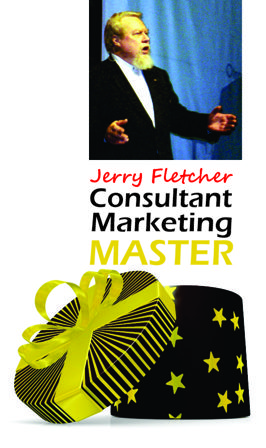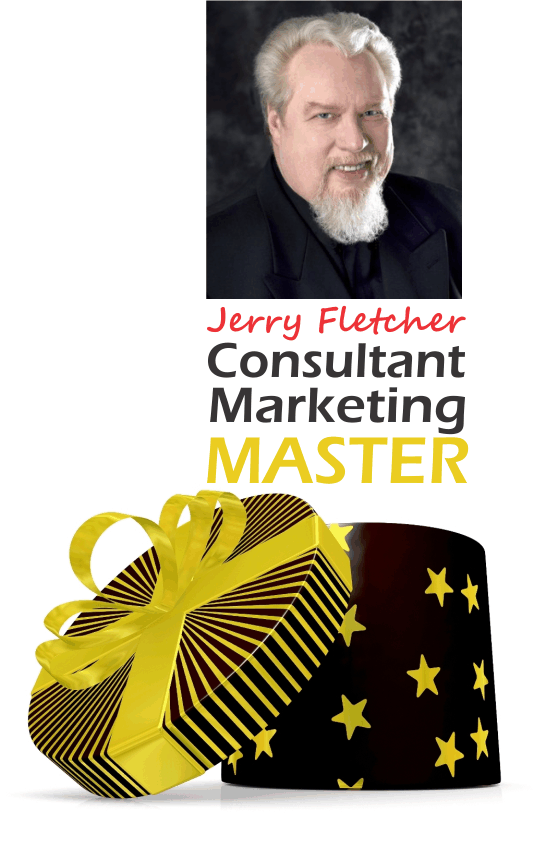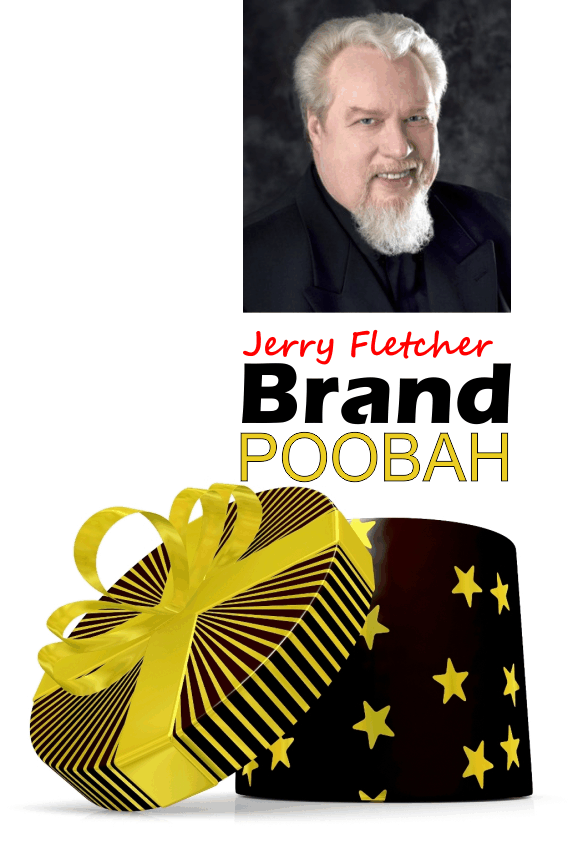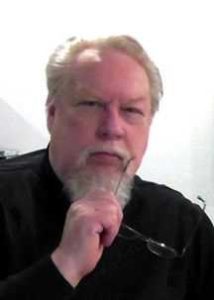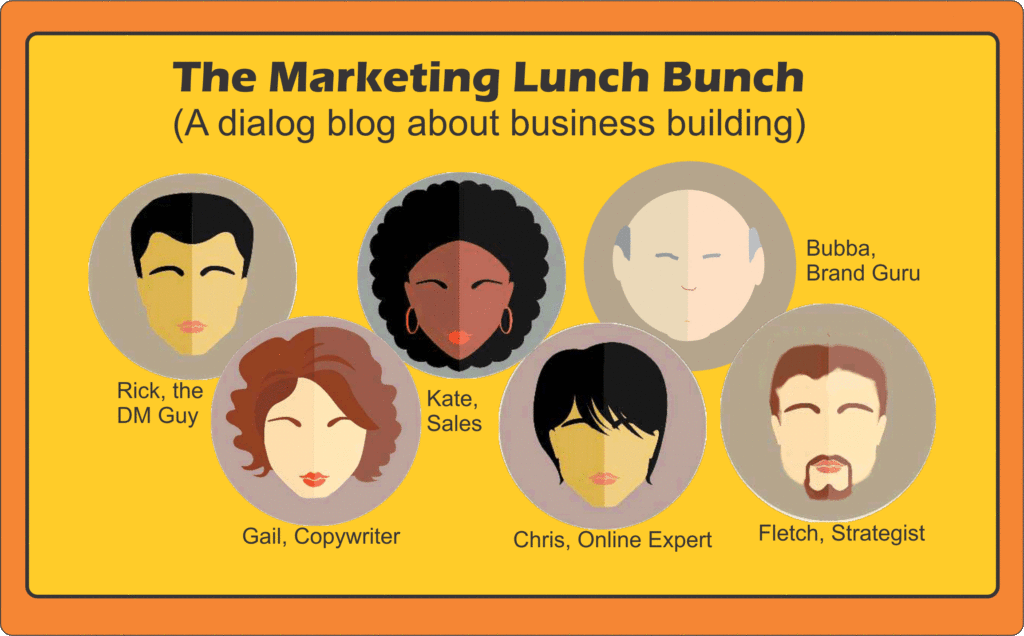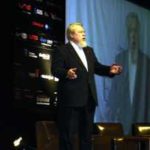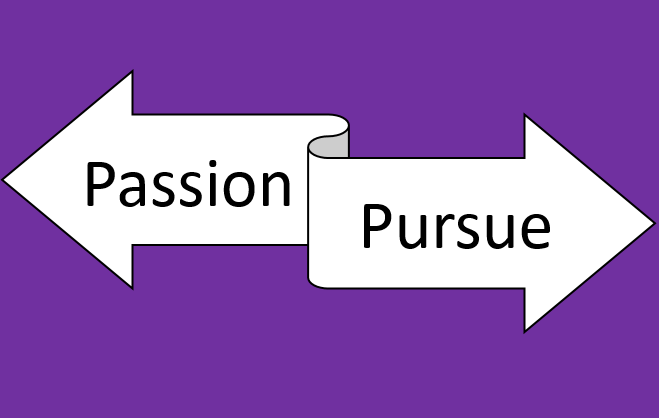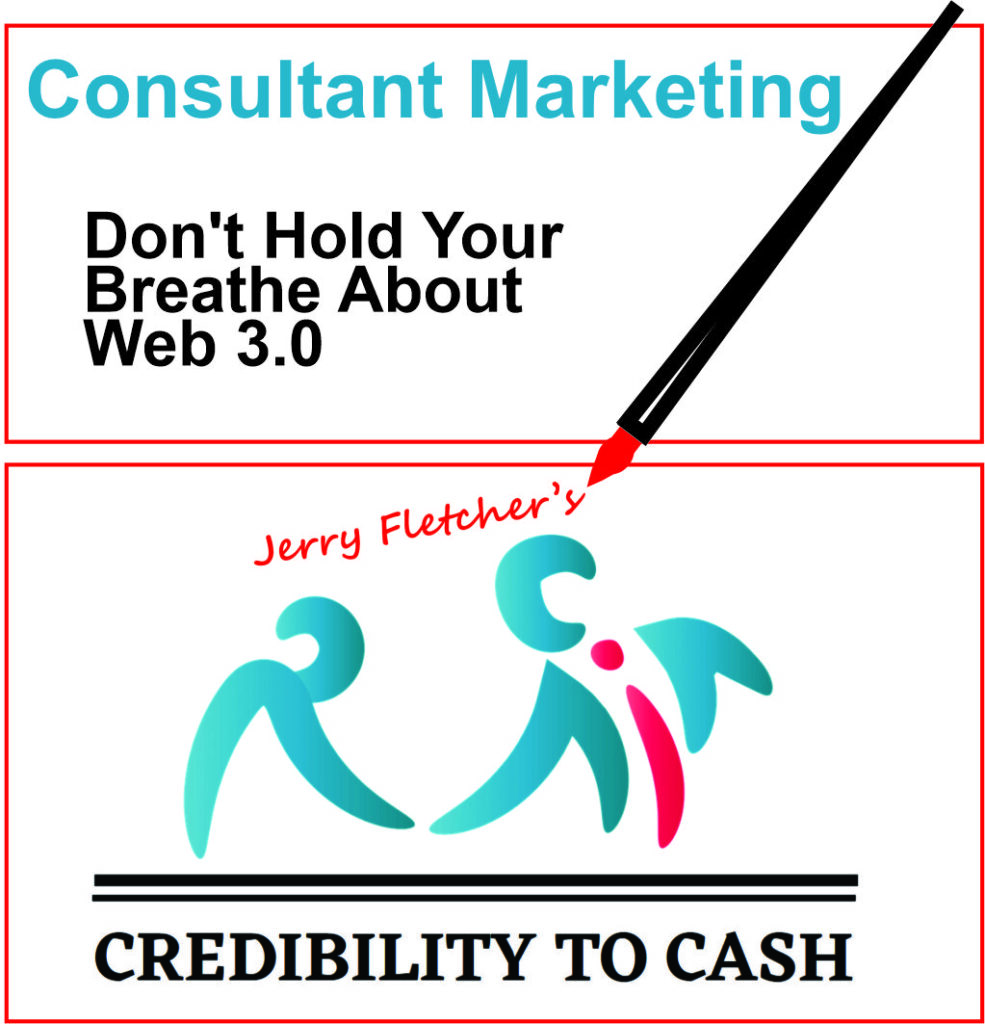
The advent of Web1.0 was about the time I opened the doors on my consulting business.
That was in 1990.
I built my first web site using something called Frames.
Don’t ask. All I can remember about it is the name.
Somewhere between 2004 and 2008 Web 2.0 cane to life.
It is the one we live with today. It is the reason that Google and Facebook and Linked In exist.
Web 3.0 will put artificial intelligence and blockchain technology to work doing what is now done by massive server farms controlled by the largest technology companies. Because it is distributed across many devices it is believed to be safer with regard to individual’s data.
Your old URl won’t connect to Web3.0.
Numerous blockchain domain name service (DNS) systems have emerged, including Ethereum Name Service (ENS), Unstoppable Domains, Decentraweb, and Handshake.
You will have to create a Web 3.0 web site.
Your current web pages can have a link added to get to the new site, but web 2.0 and 3.0 are not compatible. And, oh yes, you will have to set up your browser to access Web 3.0 domains.
You will have to create a wallet and funding to work in this Blockchain World.
That is after you learn how different this new world is and understand: Web3 domains are multi-utility NFTs (non-fungible tokens) or “digital certificates” that are publicly transparent on the blockchain. As unique assets, Web3 domains act as a gateway to decentralized websites and applications, alongside providing a convenient way to send and receive funds.
Unless you are a major corporation it is way too early to think about implementing 3.0.
Like I said, Don’t hold your breath.
And so it goes.
Jerry Fletcher is an international professional speaker/
.His work with elite consultants from Singapore to Spain guides them to build their business, their brand and a life of Joy.
He helps individuals and organizations become more memorable and more profitable.



